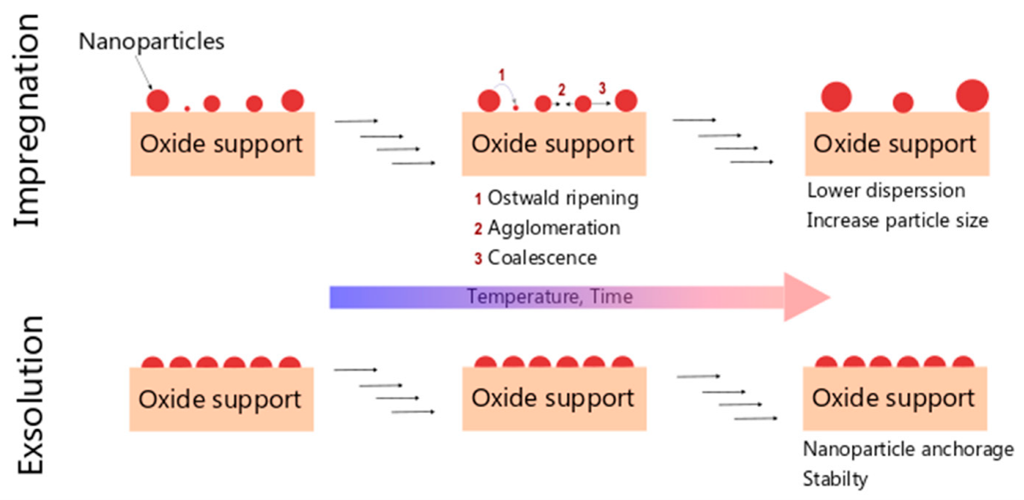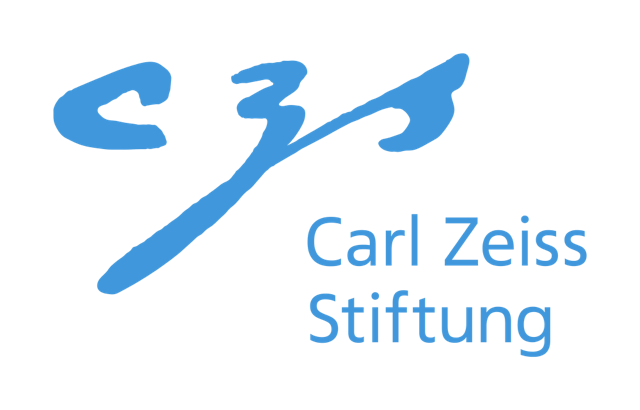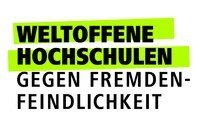
Has a Bachelor’s degree in Chemistry and a Master’s degree in Physical Chemistry. During her studies she developed an interest in materials research. In 2019 she got admitted to the Friedrich Schiller Universität, Jena, to study Chemistry of Materials (MSc). After her graduation, she joined Prof. Dr. Simone Mascotto’s group in 2022 at the University of Koblenz, where she is currently doing her doctoral research in the field of catalysis.





